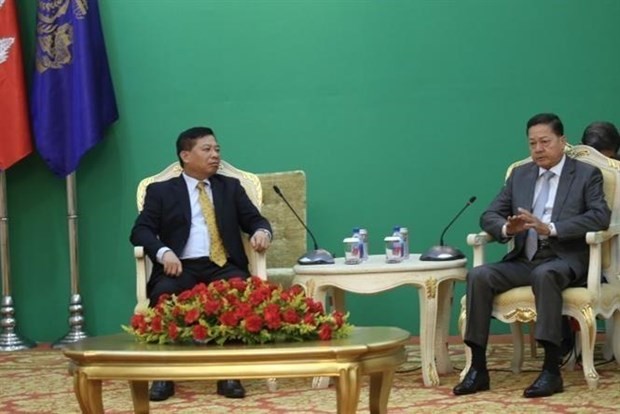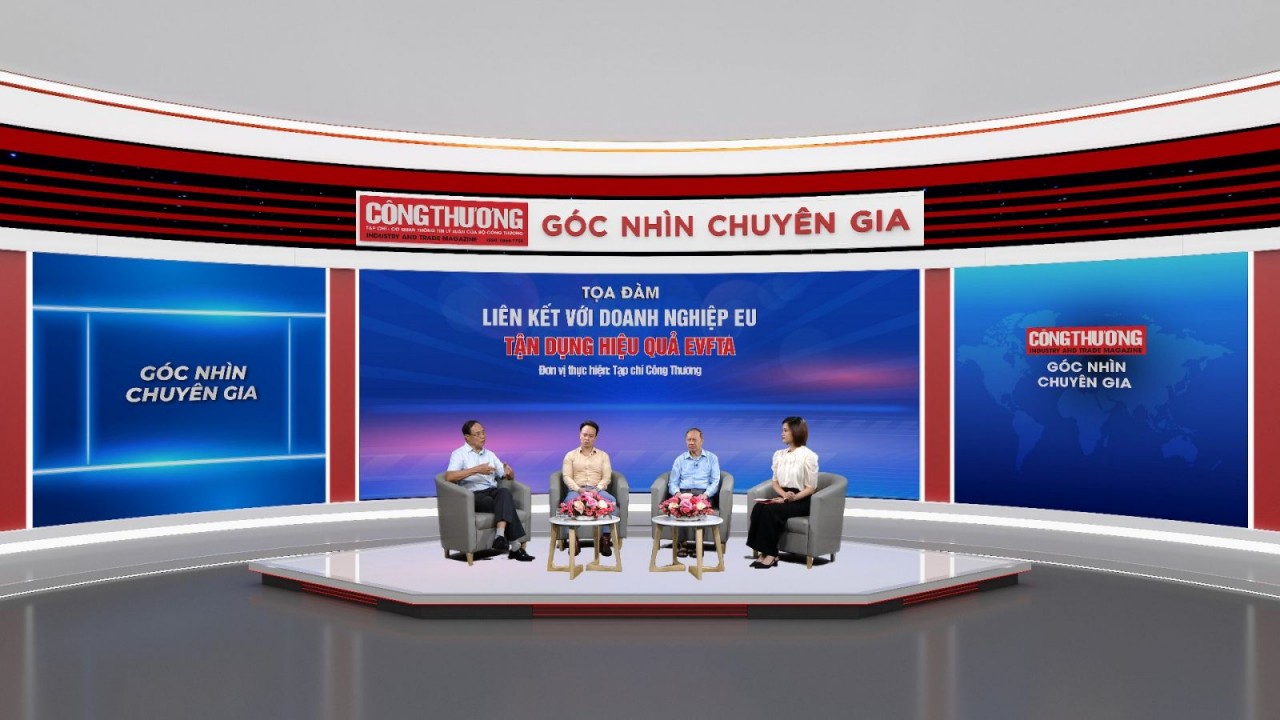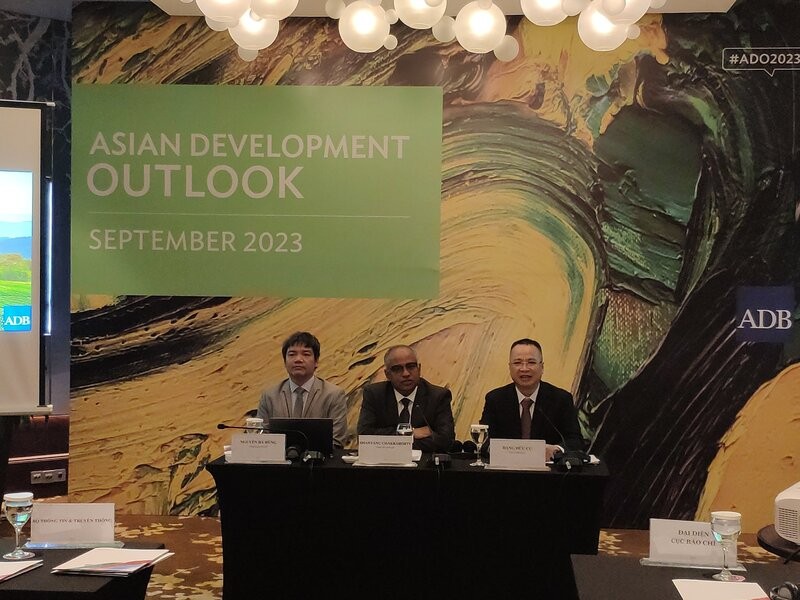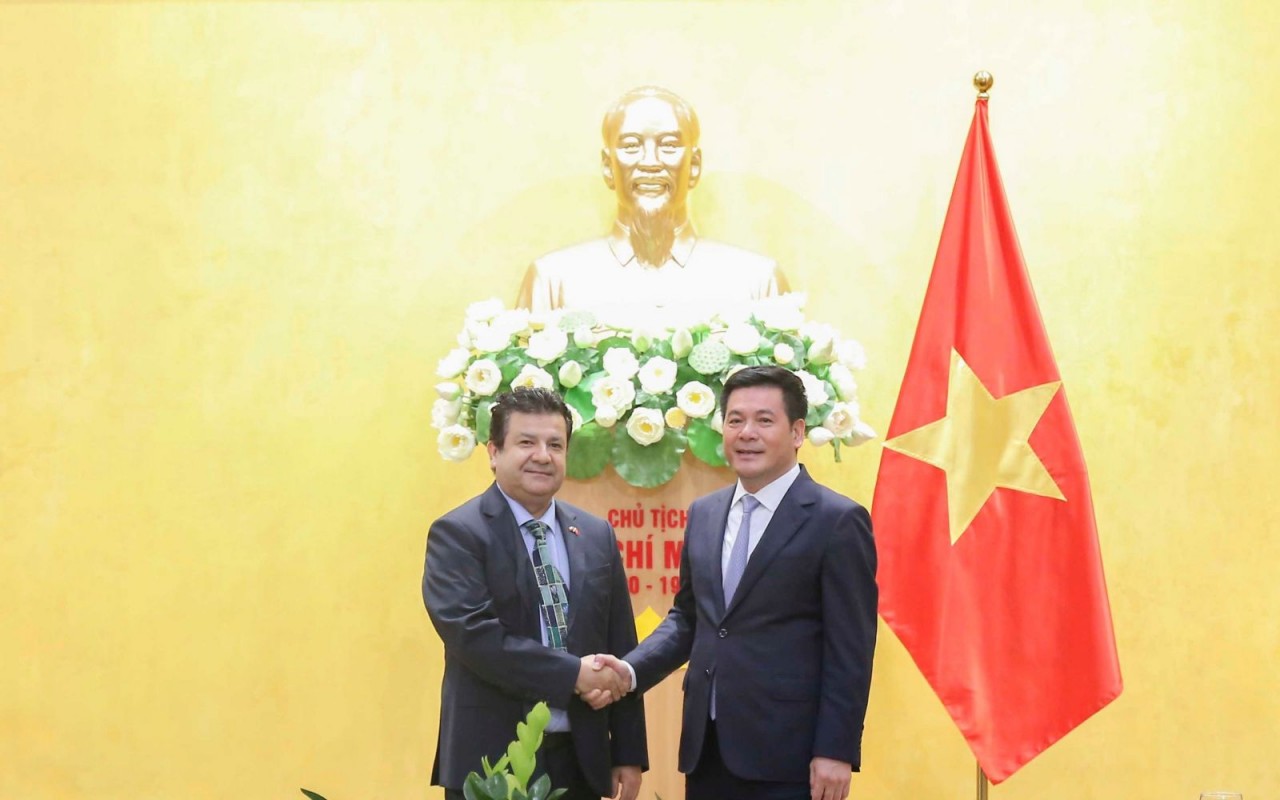Experts Share Guides for Vietnam Exporters to Enter Eurasia Markets
The Eurasia region comprises 28 countries stretching from Eastern Europe to Central Asia. It has a population of more than 400 million and a total GDP of nearly US $4.5 trillion. Although this region is considered a potential export market of Vietnam, the latest statistics from the General Department of Vietnam Customs showed that the trade between Vietnam and Eurasia reached 9.7% year on year, cited VNA.
In the first nine months of 2023, the figure dropped 6.5% year on year to US $9 billion, with Vietnam’s exports falling 1.2% to US $6.3 billion. Experts claim that the main reasons are due to fluctuations in the world's economic and political situation.
According to Director of the European-American Market Department (MoIT) Ta Hoang Linh, Vietnam’s export revenue to the region has accounted for just 0.4% of the total import value of this region.
Still, Linh emphasized that the two sides have set up many institutions and solid frameworks serving as a foundation for bilateral trade cooperation, including the Vietnam - Eurasian Economic Union (EAEU) Free Trade Agreement, EU-Vietnam Free Trade Agreement (EVFTA) and 14 joint committees and inter-governmental committees. These cooperation mechanisms have operated effectively, Linh noted, paving the way for businesses of both sides to strengthen cooperation in many areas, especially trade and investment.
On the other hand, a large community of Vietnamese people in the region also supports trade and investment between the two sides.
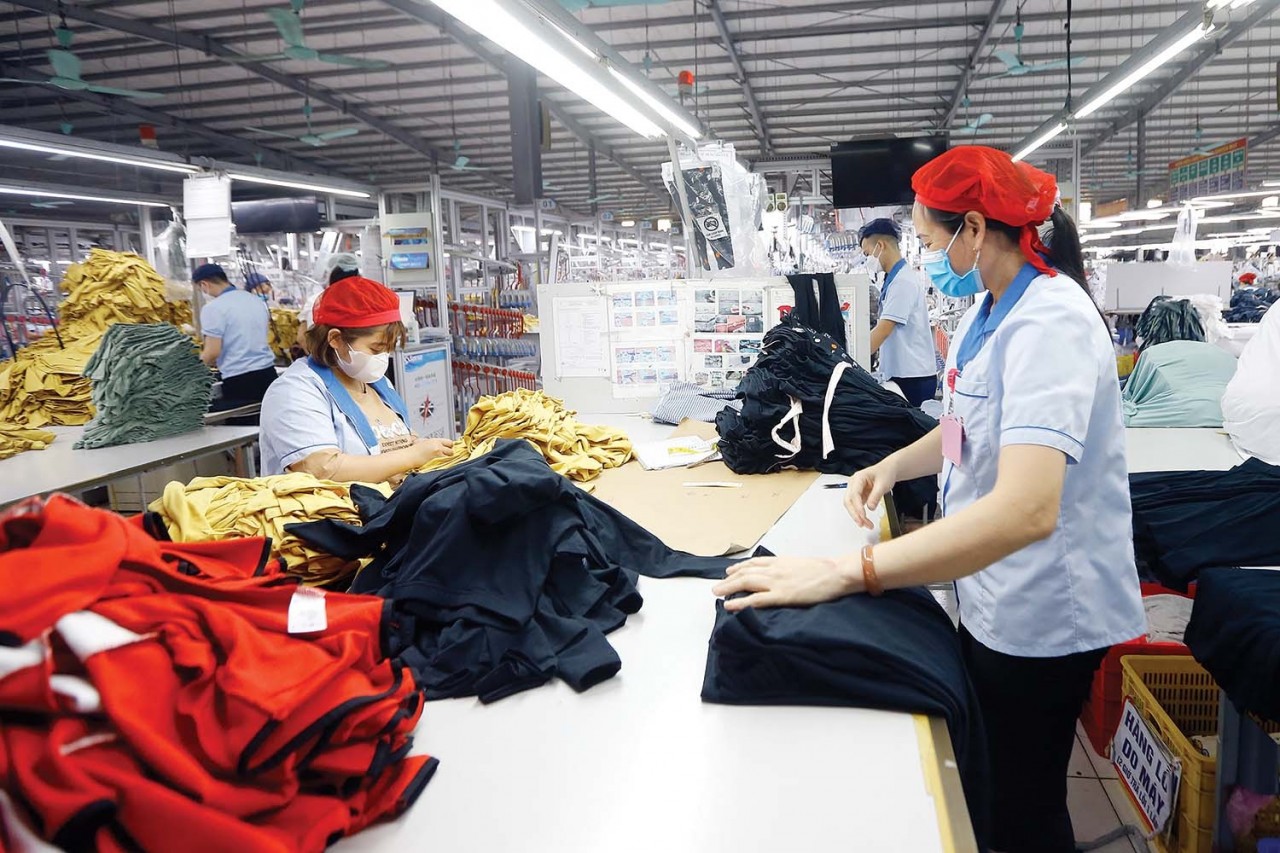 |
| Garment workers in factory (Photo VIR). |
According to a Vietnamese Trade Counsellor in Bulgaria Nguyen Thanh Hai, the annual import demand of Central Eastern European countries has reached about US $1.6 trillion. Meanwhile, Vietnam's export turnover to these countries in 2022 only reached US $7.8 billion, accounting for 0.5% of the total. Export turnover from Vietnam to the Western Balkans is currently still below US $20 million each year and is mainly through intermediary countries in the EU.
There are positive signs of the Vietnamese export products in these markets, for example, spices, sauces, fresh and dried fruits, drinks, and foods in Russia and members of the Commonwealth of Independent States (CIS).
However, a Vietnamese Trade Counsellor in Russia Duong Hoang Minh believed there were some significant shortcomings. On one hand, the Vietnam Trade Office in Russia has received negative feedback on Vietnamese products’ quality and labeling. On the other hand, Vietnamese exporters also reported several problems with partners in these markets.
Amid the instability in the world economic situation, exporters must update the market information and policies in importing countries while optimizing marketing, payment, and transport solutions using technology innovation. Minh strongly advises businesses to verify the information of their partners for making transactions or contracts. He advised exporters to consider the use of rail freight for export to the Eurasian countries.
The MoIT will work with Vietnamese Embassies in the region and Vietnam Trade Offices abroad will continue to support domestic firms in tapping new cooperation opportunities and help them deal with difficulties during trade activities, said the Vietnamese official.
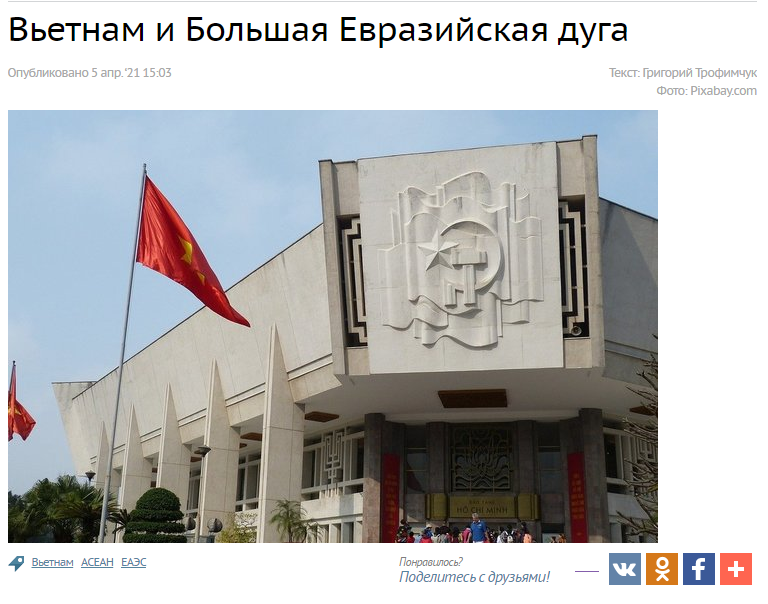 | Russian expert values Vietnam’s role in Eurasia integration Grigory Trofimchuk, Chairman of the Expert Council of the Eurasian Ideas Foundation (EIF), has written an article, commending Vietnam’s role in the integration process of ... |
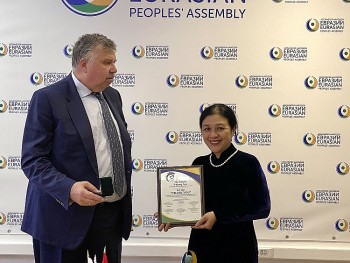 | VUFO President Nguyen Phuong Nga led a delegation to discuss strengthening cooperation between the Vietnamese and Eurasian peoples. |
 | 14th Eurasia Forum of Social Workers Opens in Hanoi The 14th Eurasia Forum of Social Workers Opens was held in Hanoi on March 20-21 with the theme of “The role of social work in ... |




